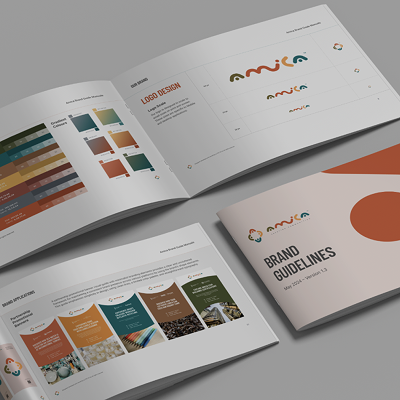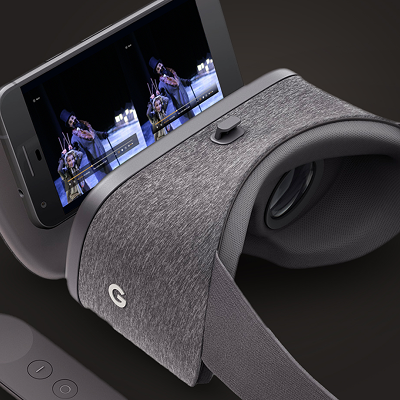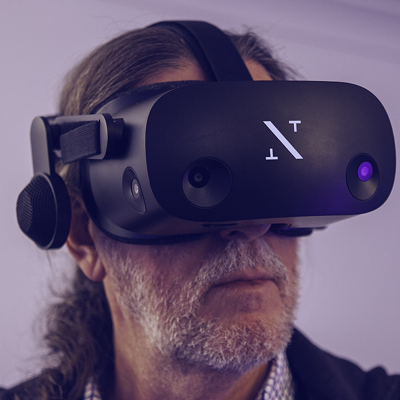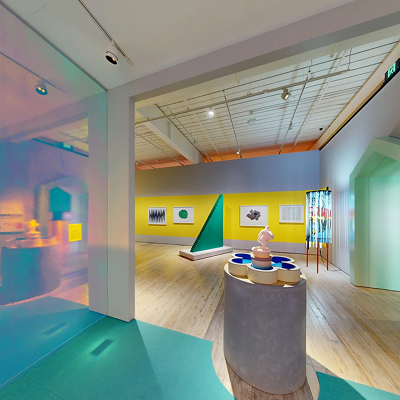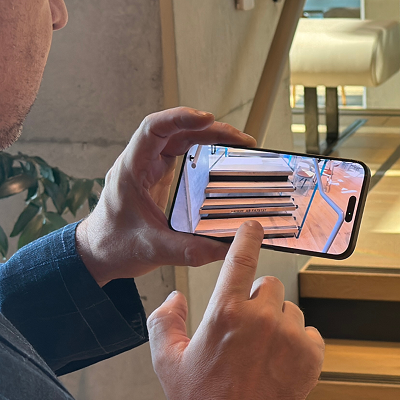Welcome to our very first episode of 42-BTS (Behind The Scene) Podcast series!
On the series, we will be sharing with you everything you need to know about 42 interactive as a company, our exciting journey, our great team, and collaborations! We help our clients to realise what are their visions and missions, we ask the right questions in order to produce the right and best outcome! For more information about digital transformation services please check out our website and other social media channels!
Let’s upgrade your business with us! Contact us now!



